When it comes to choosing between dry and wet cat food, there are several factors to consider in order to provide the best nutrition for your feline friend. Factors such as your cat’s weight, health conditions, and your budget all play a role in making this decision. While both types of food can offer excellent nutrition, there are notable differences in moisture levels and manufacturing processes.
Dry cat food typically has a lower water content, around 10%, while canned food contains about 70% water. The manufacturing processes also differ, with canned food incorporating fresh or frozen meats blended with water, fats, and vitamins. Dry food, on the other hand, is cooked at high temperatures and pressure, making it more convenient for storage and feeding.
Key Takeaways:
- Choosing between dry and wet cat food depends on factors such as your cat’s weight, health conditions, and your budget.
- Dry food typically has a lower water content, while canned food is more hydrating due to its high moisture levels.
- Canned wet food is made by blending fresh or frozen meats with water, fats, and vitamins, while dry food is cooked at high temperatures and pressure.
- Wet food can be beneficial for cats with specific health conditions, such as kidney disease or lower urinary tract disease, due to its increased water content.
- Dry food is generally less expensive, has a longer shelf life, and can provide dental benefits.
Moisture Levels
The importance of hydration for cats cannot be overstated. One of the key differences between dry and canned cat food is their moisture content. Dry cat food typically contains approximately 10% water, while canned food contains around 70% water. This significant difference in moisture levels has important implications for your cat’s health and well-being.
Cats are known for their low thirst drive, making it challenging for them to stay adequately hydrated. This is where wet cat food, with its high moisture content, plays a crucial role. The extra water in wet food helps to keep cats hydrated throughout the day, reducing the risk of dehydration and associated health issues.
Providing your cat with wet food can be especially beneficial for cats with specific health conditions. Cats with kidney disease, diabetes, or lower urinary tract disease often require increased water intake. The moisture-rich nature of wet cat food helps ensure that these cats receive the hydration they need to support their overall health.
By incorporating wet food into your cat’s diet, you can help prevent common issues related to dehydration and support their urinary tract health. The higher moisture content in wet food promotes proper kidney function and can reduce the risk of urinary tract infections and crystal formation in the bladder.
Manufacturing Process
The manufacturing process plays a crucial role in determining the nutrient content of dry and wet cat food. Understanding how each type of food is made can help you make an informed decision about what to feed your furry friend.
Wet cat food is typically made by blending fresh or frozen meats with water, fats, and vitamins. This mixture is then sealed in a can and heated to destroy any potential foodborne pathogens. The canning process ensures the food remains fresh and safe for your cat to consume. The high moisture content in canned food helps to keep it soft and easy for cats to eat and digest. It also contributes to the food’s overall texture and palatability.
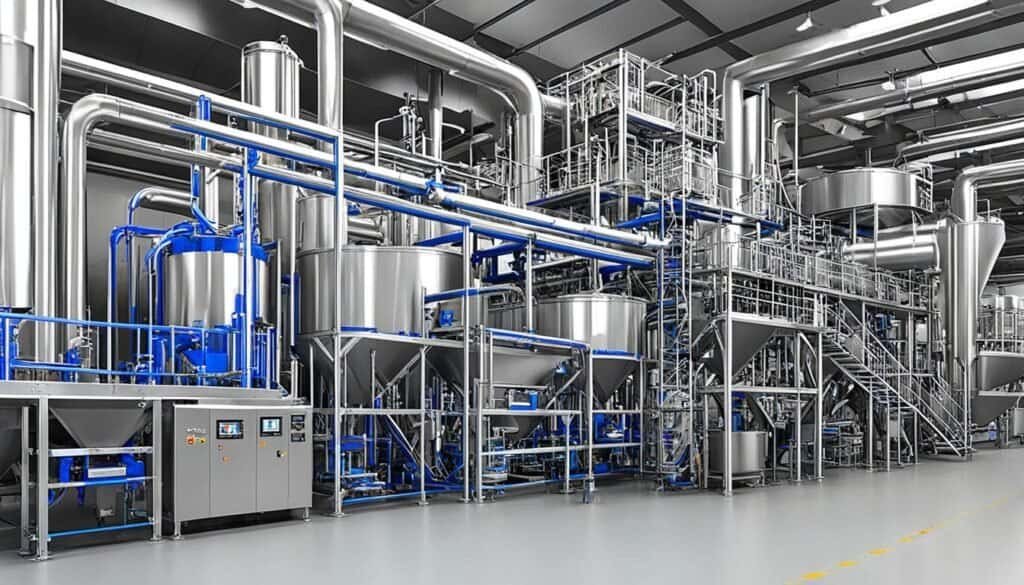
Dry cat food, on the other hand, undergoes a different manufacturing process. Meats, vitamins, minerals, and fats are combined and cooked at high temperatures and pressure. This cooking process not only kills any bacteria and pathogens but also enhances the digestibility of starches in the food. Additionally, dry food may be sprayed with small amounts of fat to enhance its palatability for cats.
These different manufacturing processes directly impact the nutrient content of dry and wet cat food. Dry cat food typically contains more carbohydrates, which provide energy for active cats. On the other hand, wet food generally contains higher levels of protein, fat, sodium, and phosphorus. Some formulations of dry cat food may also include probiotics, which can promote a healthy digestive system in cats.
By understanding the manufacturing processes of dry and wet cat food, you can make an informed decision about which type of food best suits your cat’s nutritional needs and preferences.
Benefits of Wet Food
Wet cat food offers several benefits for your feline companion. One of the key advantages of wet food is its higher moisture content, which makes it more hydrating and beneficial for cats prone to dehydration or those with specific health conditions. The increased water content helps to keep your cat well-hydrated, promoting overall health and preventing issues related to dehydration.
Another benefit of wet cat food is its high palatability, making it an excellent choice for picky eaters. Cats are known for their discerning taste buds, and some may turn their noses up at dry food. However, the enticing aroma and texture of wet food can entice even the most finicky feline to indulge in a satisfying meal.
If your cat is experiencing upper respiratory infections or sinus congestion, the stronger odor of wet food can be particularly appealing. The irresistible scent can help stimulate a congested cat’s appetite and encourage them to eat, ensuring they receive the necessary nutrition to aid in their recovery.
Furthermore, wet cat food can be beneficial for urinary health. The higher water content in wet food promotes the production of more diluted urine, reducing the risk of urinary tract problems. This is especially important for cats prone to urinary issues or those who require a urinary-specific diet.
To further highlight the benefits of wet food, consider the following:
- Increased hydration for cats prone to dehydration
- Excellent choice for picky eaters
- Strong aroma appeals to cats with upper respiratory infections
- Promotes more diluted urine for improved urinary health
Adding wet food to your cat’s diet can ensure they receive the necessary hydration and nutrients they need for optimal health.
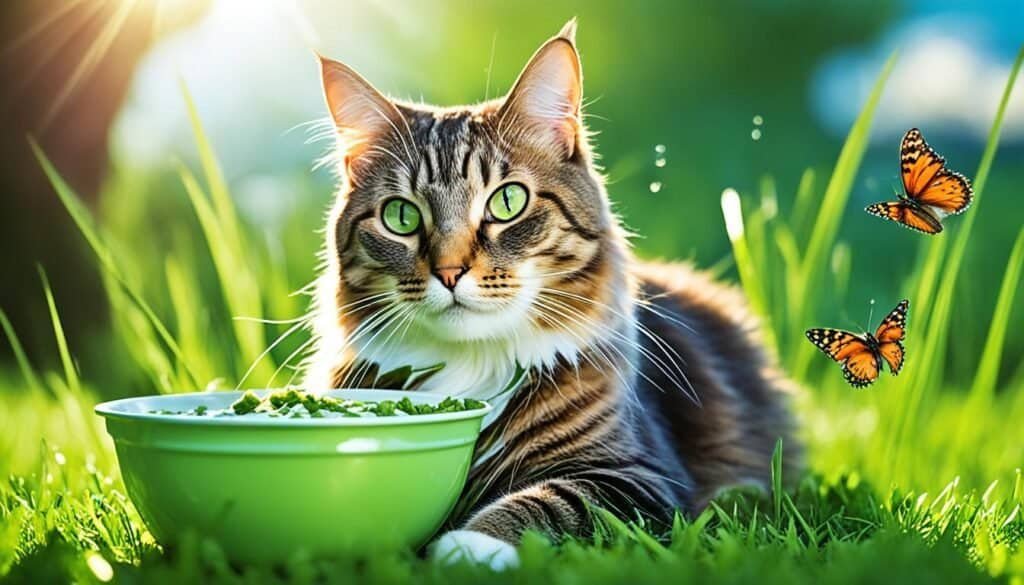
Continue reading to explore the benefits of dry cat food in the next section.
Benefits of Dry Food
Dry cat food offers several advantages that make it a popular choice for many cat owners. Here are some of the benefits:
Budget-friendly Option
One of the main advantages of dry cat food is its affordability. Compared to wet food, dry food is generally less expensive, making it a cost-effective choice for pet owners on a budget.
Convenience and Extended Shelf Life
With its longer shelf life once opened, dry cat food can be left out for longer periods of time without spoiling. This makes it a convenient option, especially for cats that prefer grazing throughout the day.
Mental Stimulation
Dry food can also be used in food puzzles and dispenser toys to provide mental stimulation for your cat. These interactive feeding methods engage their natural hunting instincts and help keep them mentally active.
Dental Health Benefits
Certain dry cat food diets, approved by the Veterinary Oral Health Council, have been shown to promote dental health. They can help reduce tartar formation and slow down plaque accumulation, contributing to better oral hygiene for your feline companion.
Overall, dry cat food is a convenient, affordable option that provides mental stimulation and can have positive effects on dental health. It is important to choose high-quality dry cat food that meets your cat’s specific nutritional needs. Consult with your veterinarian to determine the best dry food options for your furry friend.
Feeding Both Wet and Dry Cat Food
Feeding a combination of wet and dry cat food can be a great way to balance the benefits of both options for your feline friend. If your cat requires a higher water intake but prefers the taste and texture of dry food, you can mix the two together or offer wet food at one mealtime and dry food at another. This allows your cat to enjoy the hydration benefits of wet food while still enjoying the convenience and dental benefits of dry food.
Wet food can also be an excellent choice for weight management in cats. Since it is less calorie-dense than dry food, it can help your cat feel full with fewer calories, assisting in weight loss or maintenance. However, it’s essential to monitor the amount of food your cat consumes and ensure it aligns with their dietary needs and weight goals to prevent overeating.
Feeding both wet and dry food also provides variety to your cat’s diet, which can help prevent boredom and encourage a healthy appetite. By incorporating both options, you can maintain hydration levels and meet your cat’s nutritional requirements more effectively.
When choosing the best cat food for weight loss, consider premium brands like Hill’s Science Diet or Royal Canin that offer specialized formulas tailored to address weight management needs. Consulting with your veterinarian is crucial in determining the ideal combination of wet and dry food and the appropriate portion sizes for your cat’s specific weight loss journey.
Conclusion
When it comes to choosing between dry and wet cat food, there are several factors you need to consider, such as your cat’s specific needs, preferences, and your budget. Both options can provide excellent nutrition if selected wisely.
Wet cat food, with its higher moisture content, is more hydrating and beneficial for certain health conditions. It can help keep your cat hydrated and prevent issues related to dehydration. On the other hand, dry cat food is less expensive, more convenient, and can contribute to dental health.
To provide variety and balance, feeding a combination of both dry and wet cat food can be a good option. This approach allows you to cater to your cat’s hydration needs while enjoying the convenience and affordability of dry food. However, it’s crucial to consult with your veterinarian to determine the best diet for your cat’s individual needs.
Reputable brands like Science Diet and Royal Canin offer a wide range of well-balanced and nutritionally complete options to choose from. Whether you’re looking for the best cat food for weight loss or simply providing the optimal nutrition for your feline companion, these brands can be a reliable choice.
FAQ
Cat dry vs. wet food which is better for hydration?
How does the manufacturing process differ between dry and wet cat food?
What are the benefits of wet cat food?
What are the benefits of dry cat food?
Can I feed my cat a combination of wet and dry cat food?
What is the best cat food for weight loss?
Last modified: March 4, 2024

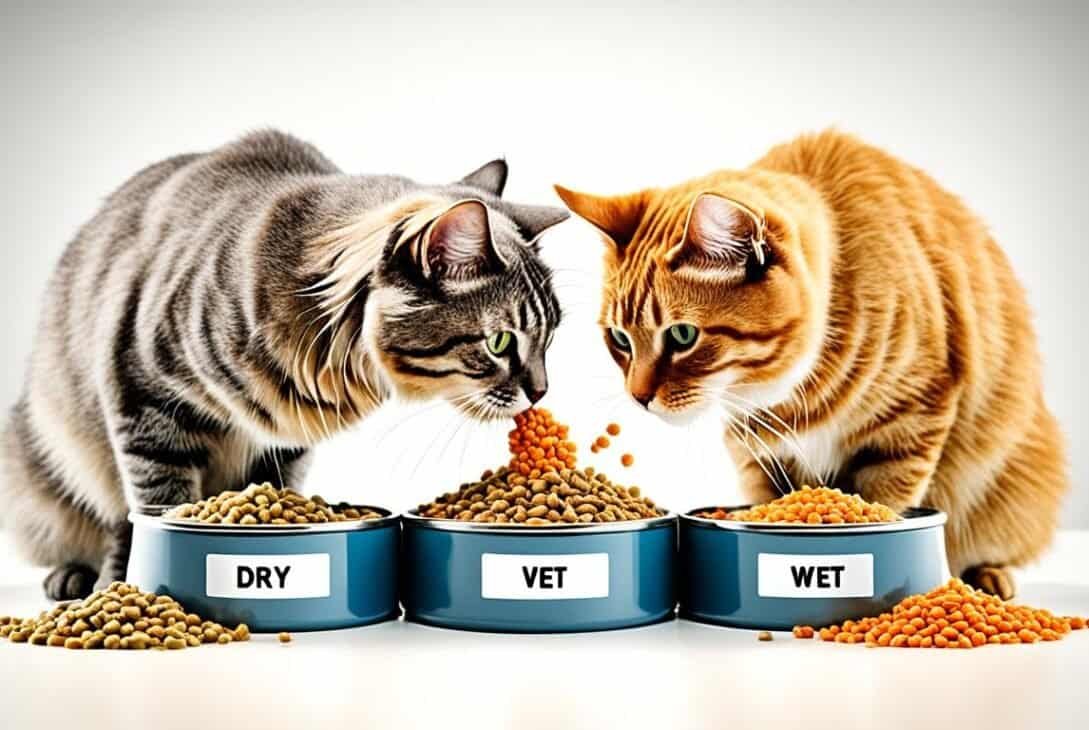
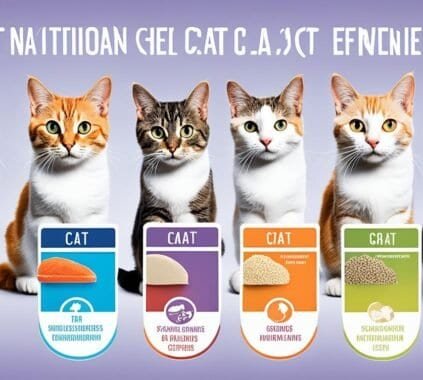
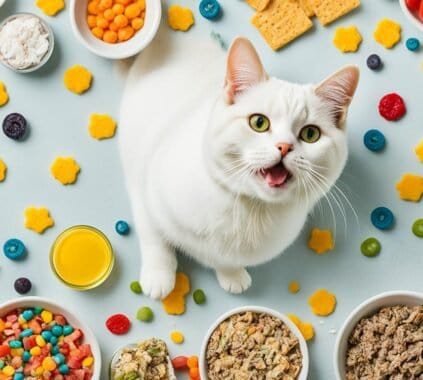
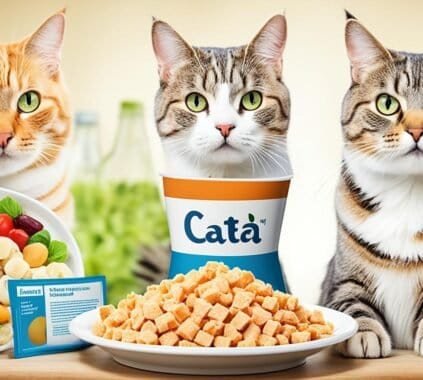
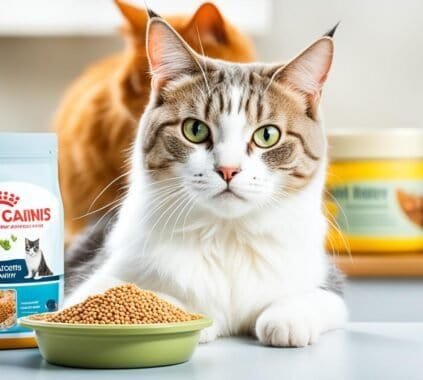
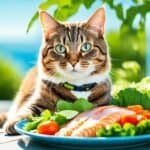
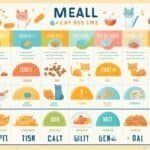






[…] digestive health by providing a natural and easily digestible source of nutrients. Unlike processed cat food, raw cat food is free from artificial preservatives, fillers, and additives that can irritate the […]
[…] healthy fats. The mixture is then dehydrated or baked to create a crunchy texture. This homemade dry cat food is both nutritious and […]
[…] it comes to wet cat food, Whiskas offers convenient pouches that are packed with flavorful gravy or jelly. These pouches not […]